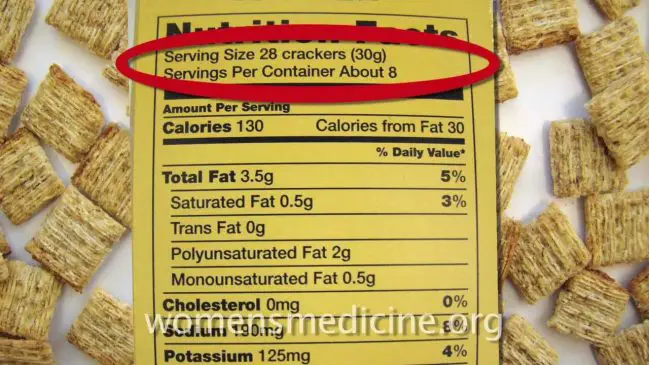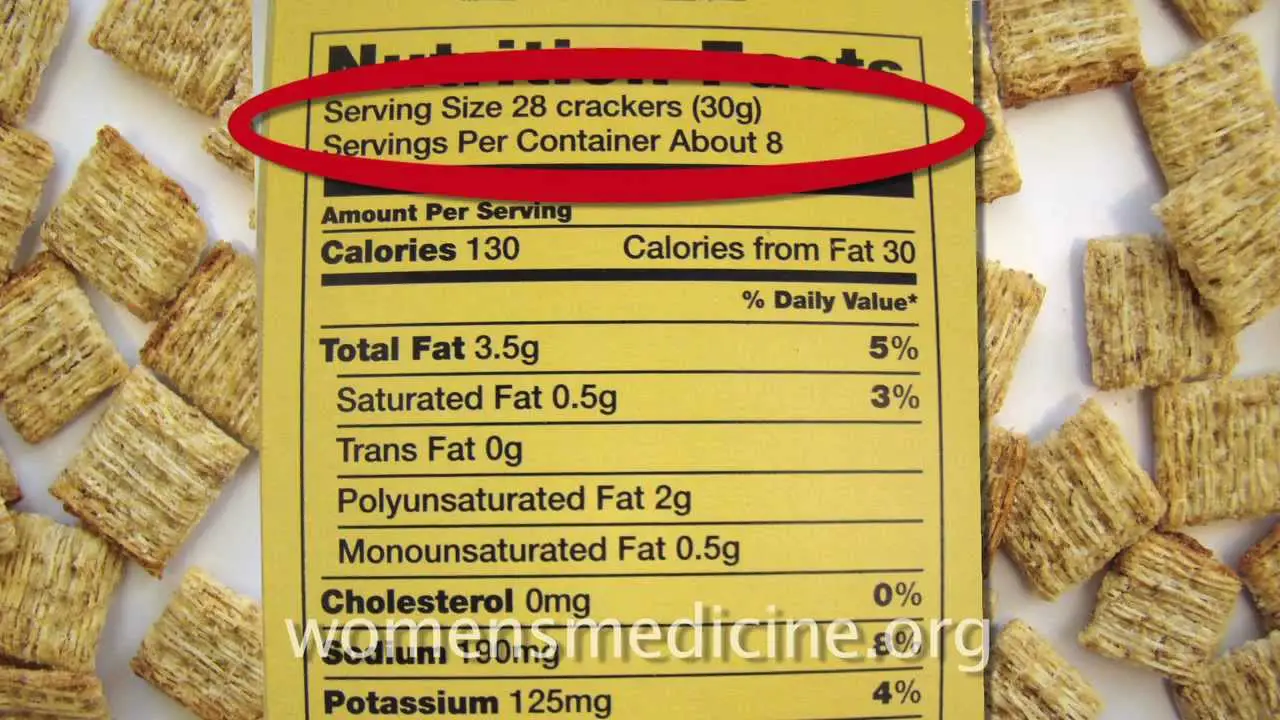Nutrition Labels 101: How do I calculate calories?
Nutrition Labels 101
The Nutrition label is pretty confusing for most people. Today I want to focus on the real top section of the meat label and sacrifice certain basic gratuities on how you can get started reading food nutrition label. One of the most important things to look at is the performing immensity. Most labels are going to have them in standard meters, so it’s pretty easy to read and it’s very comparable from one similar product to the next. Its delightful when you’re looking at different descriptions from various concoctions.
Food labels: A Guide to Reading Nutrition Labels
Look at the serving size then look at the functions per container right below, that which says how many are actually in that entire package. Then think about what you actually consume. In this package it’s 28 crackers and everything else scheduled is pretty analogous, but if I had more than that or less than that I need to adjust the calories and all the other nutrients based on how much I actually consumed from this particular package
Calories from Fat
The other important thing to look at is calories, and calories from fat. When we look at the calories in this product 130 and the serving size is 28 so if I had 28 crackers I know it’s 130 calories but if I had doubled that I need to double it so I can also look at my calories from fat and influence what percentage of my calories are coming from fat. Standard recommendation is to consume little than 30% of our calories and from fat in an ordinary day. So I take the 30 calories from fat here divided by the 134 this concoction is 23% of the calories come fat so it may fit into a healthy diet for me but again you need to compare this to what you’re actually ingesting in a typical day.

How to understand food nutrition labels
Food labels can be very confusing and tricky to understand. Often we don’t have the time to spend trying to work out what they mean and how to use them. The Nutrition Information Panel on a food label offers the simplest and easiest way to choose foods with less saturated fat, salt (sodium), added sugars and kilojoules, and more fiber. It can also be used to decide how large one serve of a food group choice or discretionary food would be and whether it’s worth the kilojoules. This is particularly important if you are trying to lose weight.
U.S. Food and Drug Administration (FDA)
- The FDA has provided standards for nutrition labels using the following headings:
- Serving Information or Serving Size
- Calories
- Nutrients
- The Percent Daily Value (%DV)
Things to look out for on food nutrition labels: energy, fat, sugar and salt
Energy is often listed on the panel as kilojoules (kJ). People will often think of calories (Kcal) as energy, but not all calories are the same. Fats, protein and carbohydrates are all sources of energy, but the body uses them in different ways. Manufacturers can list fat, sugar or salt content under different names depending on the ingredient used in the product. This means that these food components might seem ‘hidden’ on the ingredient list. These components might go by different names – but whatever they’re called, high fat, sugar and salt content generally means the food is less healthy.
Added Sugars on Nutrition Labels
A new category of “added sugars” aims to clarify the difference between the sugar that naturally occurs in a food and the kind that’s been added during processing. This information could offer helpful insights for people with health conditions like diabetes, or those who simply want to know more about their food. You can use the ‘quantity per serve’ information to keep track of what you’re eating, but it’s only useful if you consume the amount the manufacturer has designated as a serving.
sugars” aims to clarify the difference between the sugar that naturally occurs in a food and the kind that’s been added during processing. This information could offer helpful insights for people with health conditions like diabetes, or those who simply want to know more about their food. You can use the ‘quantity per serve’ information to keep track of what you’re eating, but it’s only useful if you consume the amount the manufacturer has designated as a serving.
It isn’t surprising, since research shows that consumers find food labels confusing, misleading, or difficult to interpret.






